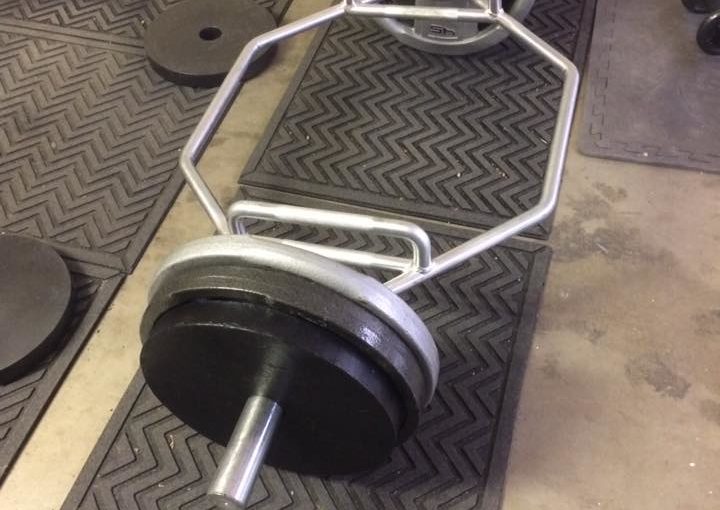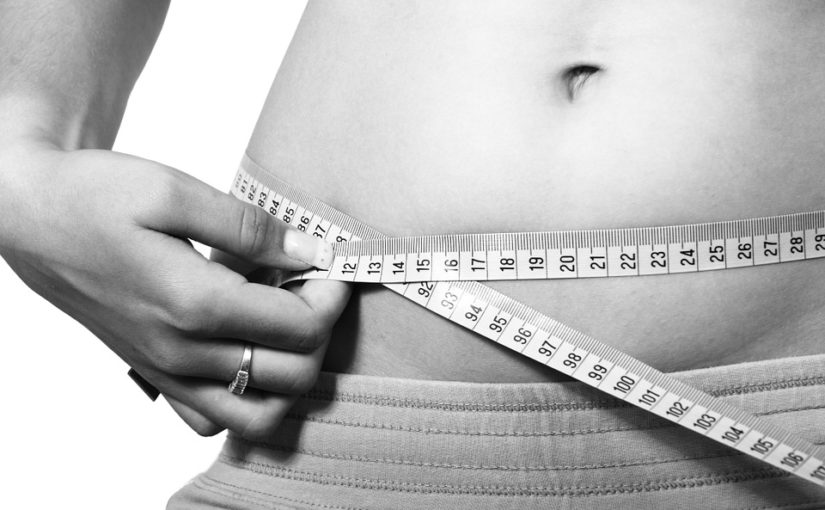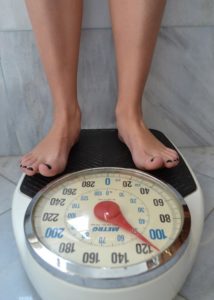I have written posts over the past few years about building my garage gym and restoring used weights. As I have mentioned, building a home/garage gym has been a dream of mine for a long time. I decided to push through with this dream after moving to a new location and failing to find a reasonably-priced place to train.
This decision ended up paying huge dividends in 2020. Covid-19 arrived in the USA, and draconian lock downs policies forced many local businesses to close. Gyms were one of the first victims. I would have been unable to train for several weeks if I was a member of a commercial gym (I know there is stuff you can do at home, but I’m talking about traditional weight training).
Fortunately, my wife and I were able to train whenever we wanted. Covid-19 affected other aspects of our lives, but we were able to continue working out. I’m thankful–I can only imagine having to endure the lock down without lifting weights.
It seems the lock down caused a renaissance of sorts with garage gyms–demand for home training equipment skyrocketed. I remember checking out websites (Titan, Rogue, etc.) and seeing almost all their equipment listed as “out of stock.”
This also affected the price of weights on buy/sell groups. I usually shoot for under a dollar/lb when buying used weights. People were charging two dollars a pound (and presumably getting it) for Olympic weights. Other equipment, such as squat racks, were way overpriced. It was a seller’s market, and I was very thankful that I had already bought everything I need.
I’ll be interested to see where this leads in the future. Will those who have started training at home never look back? Will there be a return en masse to commercial gyms once all this mess is over?
If the second option happens it would most likely mean a glut of home training equipment flooding the market over the next year or so. That would be good news for bargain hunters like myself. It could even help gym owners that want to add equipment. The market will eventually level out, regardless.
I personally don’t see myself going back to a commercial gym (the only exception would be the unlikely case of moving overseas again). I would, in fact, like to keep expanding my current garage/home gym in the coming years. The Covid-19 pandemic has made a very convincing case for me to keep training at home.


